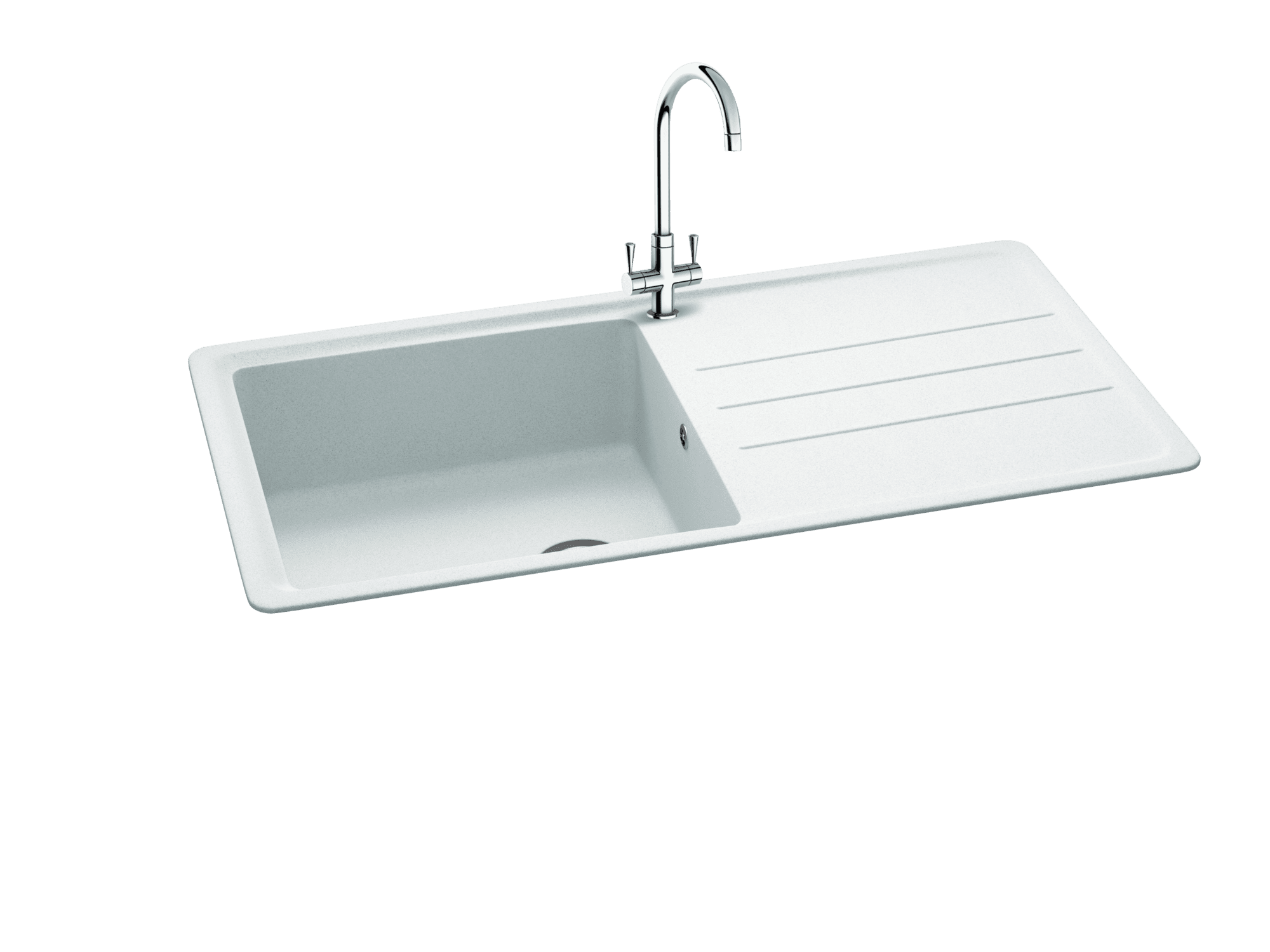Cleaning Information for Synthetic Sinks

Day to day care
It is good practice to clean your sink immediately after use. Most deposits can be removed with washing up liquid and hot water, followed by a clean water rinse then drying with a soft cloth to prevent limescale build-up.
For more stubborn deposits use a non-abrasive cream cleaner without added bleach should be applied with a soft damp cloth, again followed by a clean water rinse and dry.
Never use a metal scouring pad or wire wool as these may leave deposits which rust and give the appearance of staining.
Avoid the use of a plastic washing up bowl however as this will over time cause the development of regular abrasion marks over the sink’s surface.
Live in a hard water area?
The quality of your water can affect the good looks of your sink by giving the appearance of staining. This ‘staining’ is generally a build up of limescale or similar mineral deposit, particularly prevalent in hard water areas. Limescale readily absorbs staining agents such as tea, coffee, red wine etc, spoiling the appearance of your sink. For this reason always rinse and dry your sink after each use to avoid mineral deposits being left behind on the surface when the water evaporates.
What to avoid
- Bleach or other cleaning agents containing bleach should not be left in contact with your sink as discolouration or pitting of the surface could result.
- The use of plastic washing up bowls.
